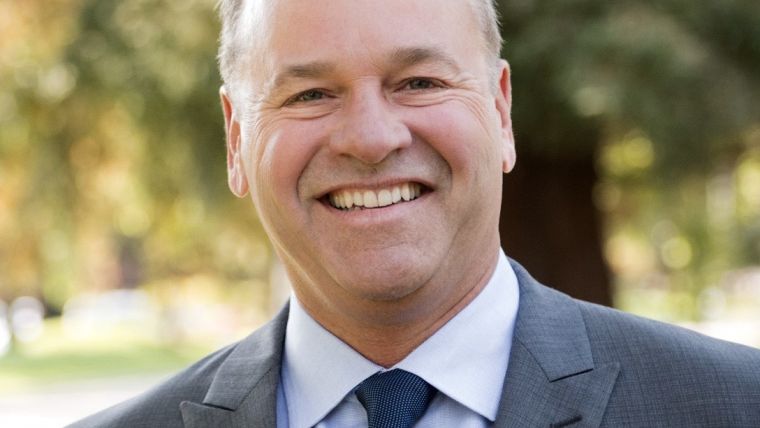5 Questions to...Gary Gysin, Liquid Robotics
Gary Gysin is the president and CEO of Liquid Robotics, a Boeing company. He is an innovative executive with a reputation for transforming start-ups into global businesses. His company is fundamentally changing the way the world collects and monitors ocean data through the innovative use of ocean robots.
Technology and societal needs are changing rapidly. How is your company adapting to these changes?
At Liquid Robotics our employees have the opportunity to do something really meaningful. Our ability to contribute to the needs of our planet and society is through technology, with our ocean robot called the Wave Glider. We see the ocean as the next frontier. It holds the promise for new industries, new discoveries and the answers to many of the biggest challenges facing our planet (increased global threats, dwindling food populations and climate change). The stakes are high with our dependency on a healthy ocean for our weather, over USD4T in commerce and the primary food source for over 1 billion people.
However, the barrier to a healthy, thriving ocean is the lack of information. We only understand 5% of the ocean and its ecosystems. Autonomous systems can help fill the information gap that exists due to the high cost and risks of traditional ocean exploration and monitoring.
Which applications does your company focus its research and development activities on?
Five years ago, the challenge was narrowing our focus. Today, we’re focused on the markets with the greatest opportunities and where we believe the use of autonomous systems is a strategic imperative. Our focus areas are:
- Defence – Anti-Submarine Warfare (ASW), intelligence, surveillance, and reconnaissance (ISR), and other military applications
- Maritime Security – maritime border protection such as dark target identification, illegal fish monitoring, trafficking and smuggling support, and marine protected area (MPA) monitoring
- Environmental Assessment – meteorology and oceanographic monitoring to support science and commercial projects across areas such as climate, weather and offshore energy operations.
What is your company’s growth strategy?
Our growth strategy is straightforward and rooted in partnerships. We collaborate with strategic and industry partners to apply our expertise in long duration ocean robots with our partners’ expertise in sensor technologies, applications, data analysis, and sales / go-to-market. Together, we can develop and deploy solutions to help our customers become more efficient, reduce costs and solve problems.
Additionally, as a wholly owned subsidiary of the Boeing Company, we have the opportunity to leverage their expertise and sales organisation to further grow opportunities.
Finally, our long-range vision to help build the Digital Ocean. Through the Digital Ocean, we will help create a ‘system of systems’, the IoT for the ocean, connecting manned and unmanned assets, sensors and devices to provide ubiquitous access to ocean information.
How would you describe the hydrographic market these days?
The hydrographic market is in a period of flux and growth. The future growth in the market is projected to the rise in maritime trade and the increased use of unmanned systems to conduct hydrographic and oil & gas surveys.
Software and hardware innovations of the last decade have allowed for more accurate, repeatable surveys. In the next ten years we believe that unmanned systems of all shapes and sizes will be used to conduct surveys more efficiently. Seabed 2030, high-resolution mapping of the entire ocean floor, is a great project. The use of long duration unmanned technologies, like the Wave Glider, will play an important role to collect and communicate data from the most remote harsh portions of the ocean.
What is your golden advice for doing business in hydrography and offshore surveying?
I’ll share two recommendations. First, never stop developing and adopting new technology and embracing new ways to solve challenges. Technology, especially unmanned systems technology, will have a major impact on hydrography over the next ten years.
Second, challenge the status quo. It can sometimes be hard and viewed as risky. But those that are comfortable pushing on the status quo with new technologies will be rewarded. I believe that those taking these risks will make a tremendous impact on our future. The key is to closely partner with proven companies, share your challenges and what success looks like. Approach your challenges together and you will find success.

Value staying current with hydrography?
Stay on the map with our expertly curated newsletters.
We provide educational insights, industry updates, and inspiring stories from the world of hydrography to help you learn, grow, and navigate your field with confidence. Don't miss out - subscribe today and ensure you're always informed, educated, and inspired by the latest in hydrographic technology and research.
Choose your newsletter(s)
























